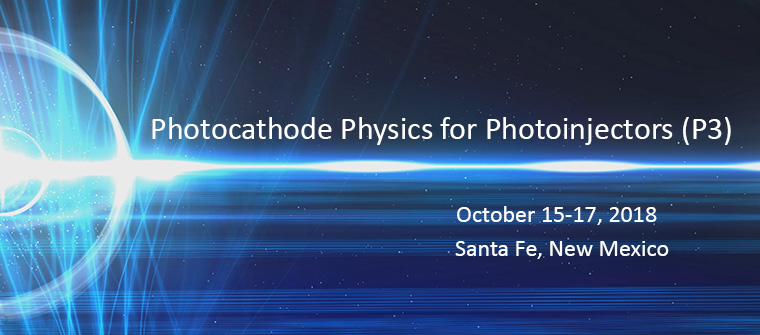Speaker
Description
The high quantum efficiency of modern cesiated Semiconductor photocathodes is a consequence of the
deeper penetration depth of the drive laser, a smaller (or absent) surface barrier, and - critically - the
tendency of the dominant scattering mechanism during electron transport to the surface to be less
effective at draining the initial energy of the photoexcited electron. As a consequence, a time delay
exists between when groups of electrons are photoexcited and when they are emitted. The present
work develops a theoretical model that divides the photoexcited electrons into an unscattered ("Shell")
and scattered ("Sphere") groups and evaluates the delayed emission characteristics for each. The
emission algorithms are incorporated into Particle tracking codes (Particle-in-Cell and meshless codes)
that are able to characterize the consequences of delayed emission on current oscillations, emittance
growth, space charge effects, and off-peak emission. These effects are increasingly important when the
pulse width of the drive laser is very short and the active cathode region very small, as for x-ray Free
Electron Lasers. Lastly, complications to the emission model due to surface roughness effects, and
emission delays due to electrons with a few to many scattering interactions, are generalizations of the
methodologies under development for which the interaction with space charge forces is particularly
acute and consequential, but for which any prediction of effects must be obtained through simulation.
The development of a predictive time-dependent photoemission model incorporating non-prompt
emission effects and submicron geometric effects, the development of an emission library for use by
third party codes, and its insertion into an advanced beam optics codes such as the MICHELLE code is
presented.




